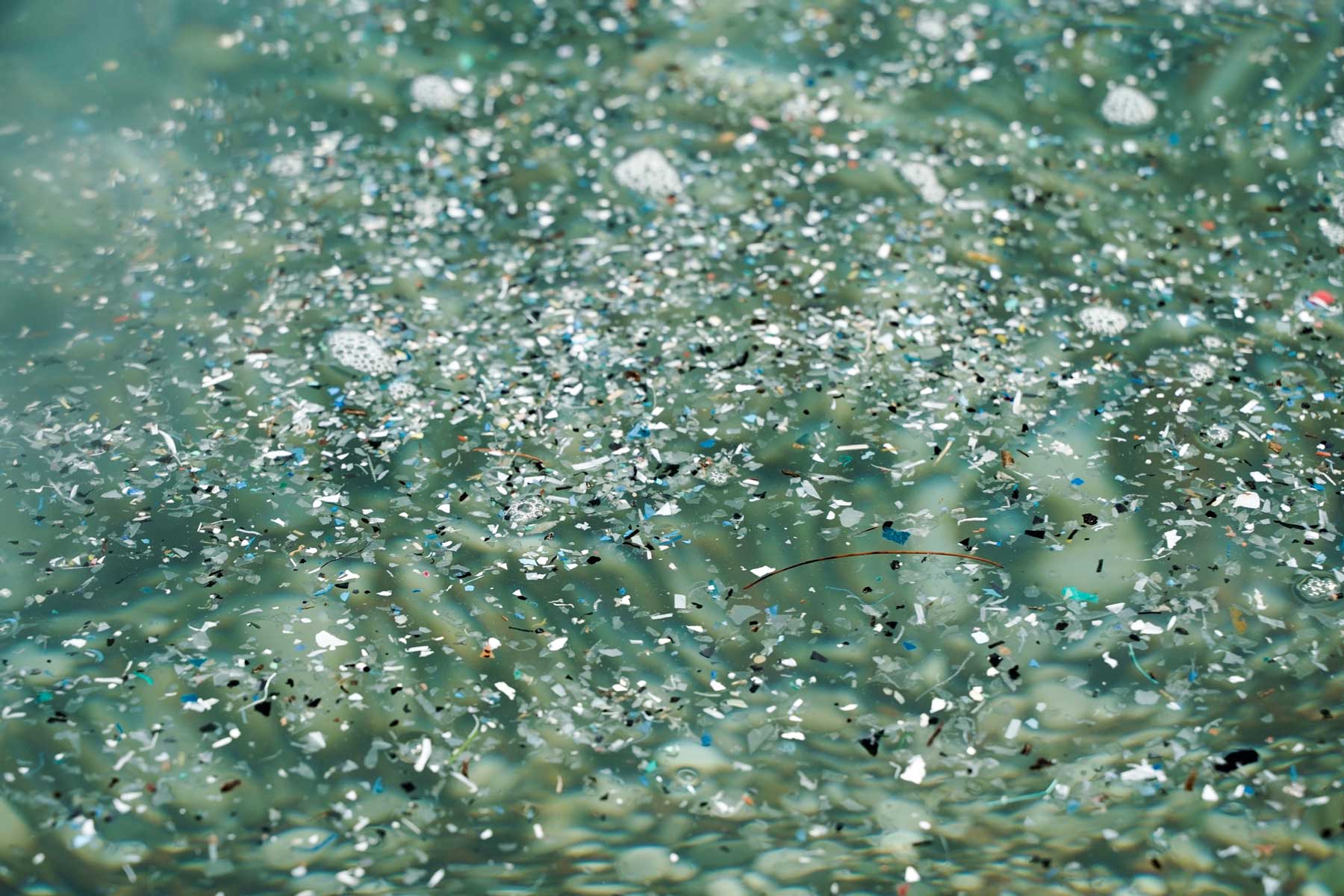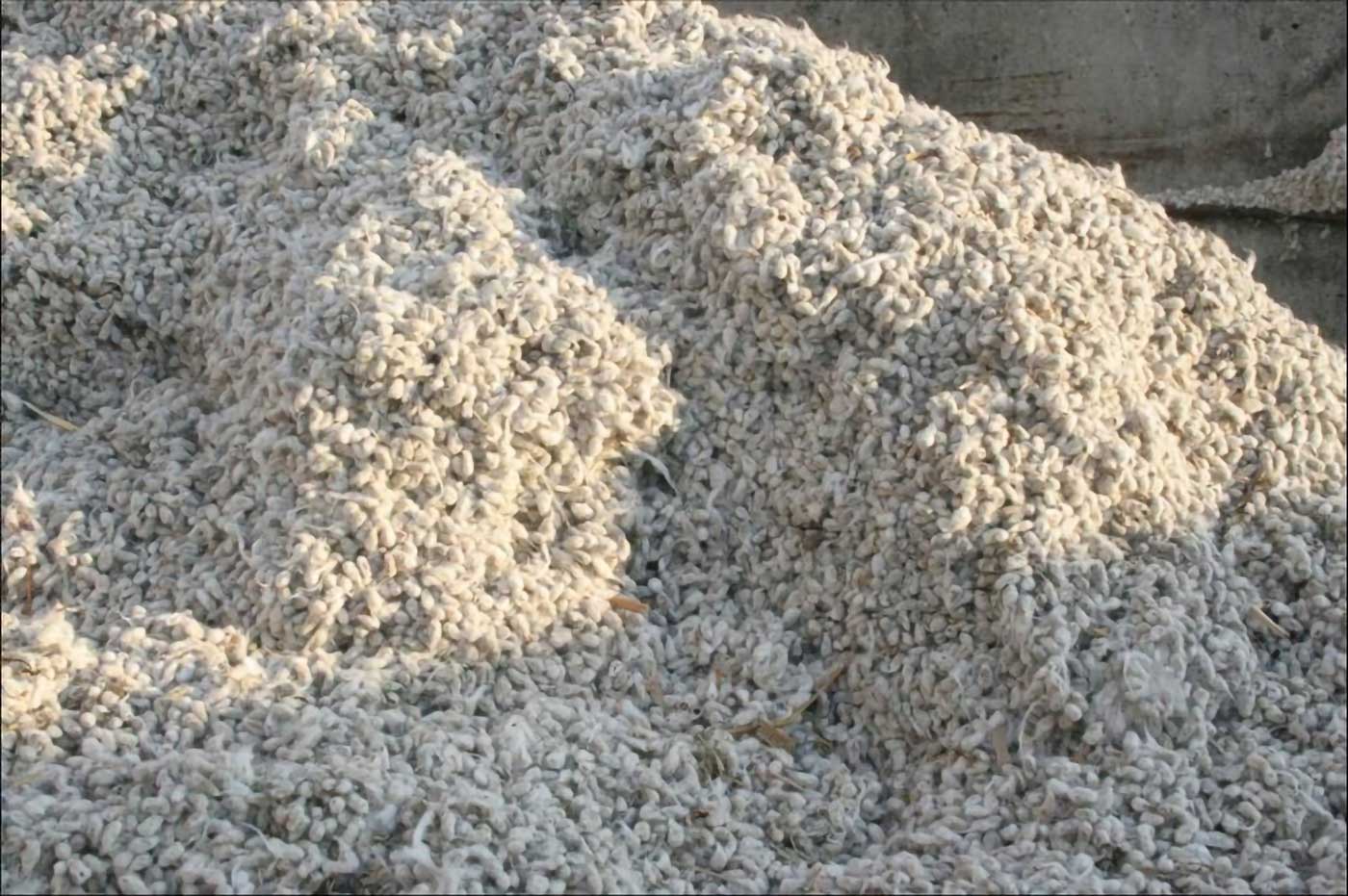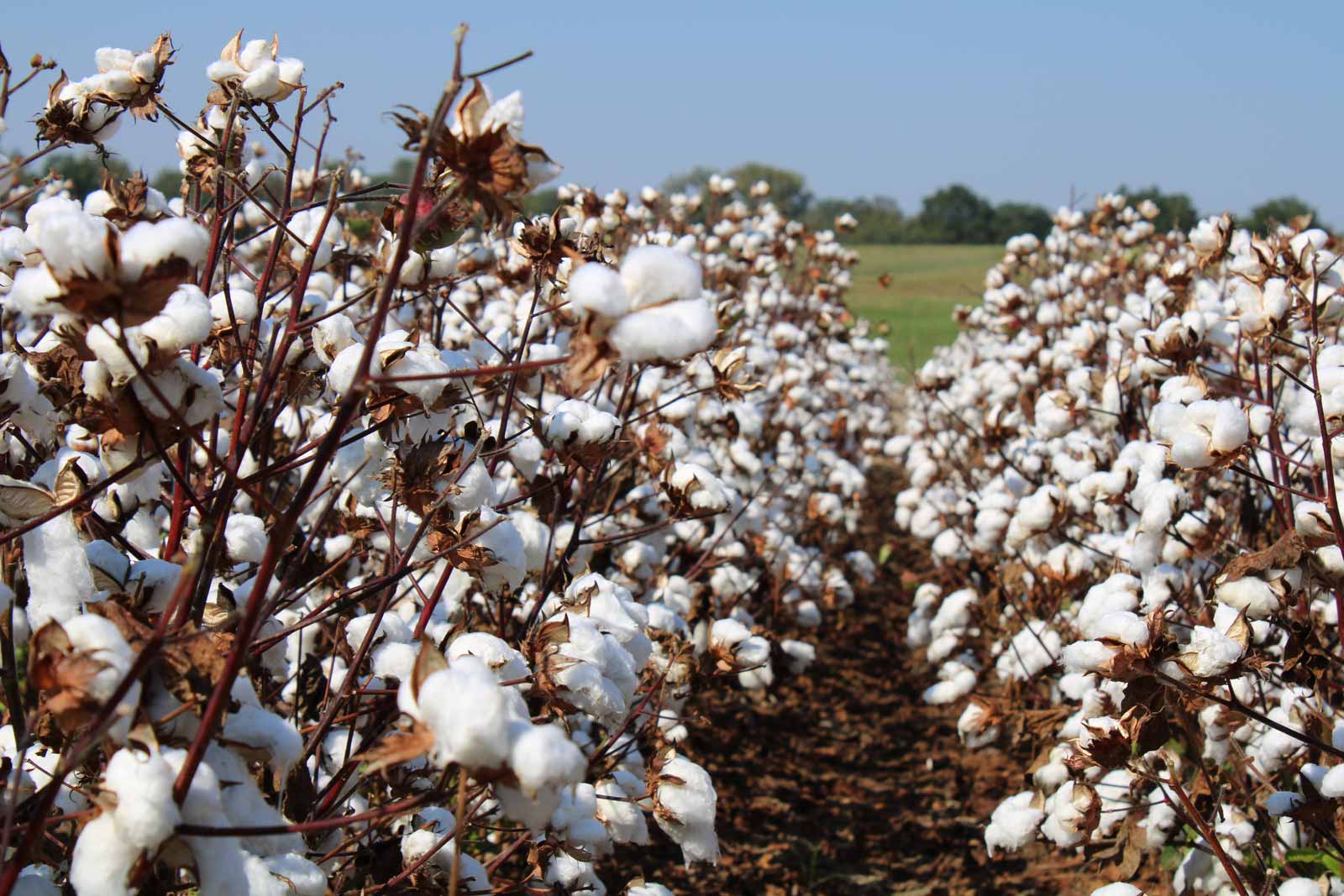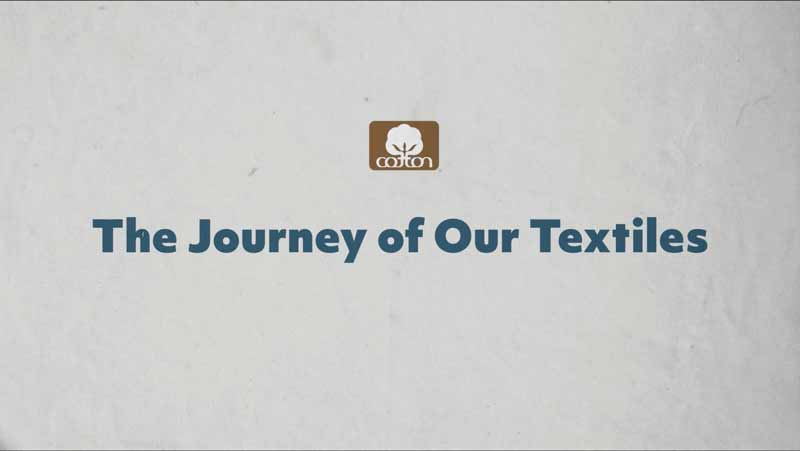Cotton Incorporated launches resource hub to educate on plastic pollution in textiles
CARY, N.C., June 30, 2025 — Plastic pollution is one of the most urgent environmental challenges of our time, with the apparel value chain contributing an estimated 14% of annual plastic leakage into the environment.1 Additionally, microplastic particles contaminate oceans, waterways, and even human bodies, raising concerns for ecosystems and public health alike.2 Despite growing awareness, misinformation and a lack of actionable guidance leave many struggling to understand the issue, or how to address it.
To bridge this knowledge gap, Cotton Incorporated launched a new resource hub designed to empower stakeholders across the apparel industry with trustworthy, science-backed information. The hub serves as a centralized destination for understanding the role of textiles in plastic pollution and exploring solutions rooted in natural fibers like cotton. Backed by decades of conducting peer-reviewed research, Cotton Incorporated offers data and insights to help brands, retailers, and consumers make informed decisions that support a more sustainable future.
“Cotton provides a scalable and scientifically proven solution to the synthetic microfiber issue,” said Jesse Daystar, Ph.D., vice president and chief sustainability officer at Cotton Incorporated. “As ongoing research continues to uncover the full impact of synthetic microfibers on our bodies and environment, we must take immediate action using the effective solutions available today—and cotton is clearly one of them. Plastic pollution is a global crisis that we can begin addressing right now through better data sharing, education, and coordinated action. This hub provides clear, credible information on the impacts of our fiber choices and empowers both supply chains and consumers to adopt proven solutions like switching to natural fibers such as cotton, reducing plastic contamination in our environment and in our bodies.”
The Problem: Synthetic Textiles and Plastic Pollution
Synthetic fibers such as polyester, nylon, and acrylic dominate the global textile market, accounting for approximately 62% of all fibers produced.3 Unlike natural fibers, these materials shed microplastics during washing and wear, which then enter our bodies, waterways, and persist in the environment for longer periods of time.45 Headlines increasingly highlight the impacts of the accumulation of microplastics, not only to marine life but also to human health, as studies reveal their presence in drinking water, food, and even the air we breathe.1
The Solution: A Trusted Resource for Actionable Insights
Cotton Incorporated’s new hub on CottonToday.com is designed to address this knowledge gap by offering a comprehensive display of the evidence supporting solutions to the synthetic microfiber pollution problem, guiding stakeholders toward more sustainable textile solutions. Key features include:
- Science-Backed Research: Access to peer-reviewed studies comparing the biodegradability of natural fibers like cotton versus synthetic alternatives.
- Actionable Guidance: Practical tips for brands, retailers, and consumers on reducing plastic pollution through fiber choices and sustainable practices.
- Environmental Impact Data: Insights into how cotton supports circular economy principles by decomposing naturally in soil and water.
- Industry Leadership: Resources highlighting Cotton Incorporated’s decades-long commitment to advancing sustainable practices in the textile industry.
Who Can Benefit from the Hub?
The resource hub is tailored to meet the needs of:
- Journalists: Seeking credible, clear and current scientific evidence demonstrating the impacts of synthetic microfibers, macro plastics as well as data on cotton biodegradability.
- Brands and Retailers: Looking to better understand the plastic crisis and make shifts to better align their products with consumer demand for environmentally responsible materials.
- Consumers: Interested in making more sustainable purchasing decisions and understanding the impact of their choices.
Join the Movement Toward Plastic-Free Textiles
Cotton Incorporated invites journalists, brands, retailers, and consumers to explore the resource hub and join its mission to choose cotton as a textile solution and understand the science behind microfiber pollution. By prioritizing natural fibers like cotton, we can collectively reduce reliance on synthetic materials.
For more information, visit https://cottontoday.cottoninc.com/our-sustainability-story/microfibers/cotton-natural-fiber-microplastic-free.
About Cotton Incorporated
Cotton Incorporated is a research and promotion company for upland cotton. Funded by U.S. cotton growers and importers of Upland cotton-containing products, the not-for-profit organization’s mission is to increase the demand for and profitability of cotton. As a resource for the cotton industry, Cotton Incorporated conducts or oversees more than 450 research and educational projects in an average year. To learn more, visit CottonToday.com and follow along on Facebook, LinkedIn, X.
Media Contact: Andrea Miles, [email protected]
1 Kounina, A., Daystar, J., Chalumeau, S., Devine, J., Geyer, R. Pires, S., Uday Sonar, S., Venditti, R., Boucher, J. (2024). “The global apparel industry is a significant yet overlooked source of plastic leakage.”
2 Roslan et al. (2024). Detection of microplastics in human tissues and organs: A scoping review. Journal of Global Health. Link
3 Hubbe, M.A., Daystar, J.S., Venditti, R.A., Pawlak, J.J., Zambrano, M.C., Barlaz, M., Ankeny, M., Pires, S. (2025). Biodegradability of Cellulose Fibers, Films, and Particles: A Review. BioResources20(1), 2391-2458. Link
4 Marielis C. Zambrano et al. (2020). Aerobic Biodegradation in Freshwater and Marine Environments of Textile Microfibers Generated in Clothes Laundering: Effects of Cellulose and Polyester-Based Microfibers on the Microbiome. Marine Pollution Bulletin 151: p. 110826. Link
5 Marielis C. Zambrano et al. (2019). Microfibers Generated from the Laundering of Cotton, Rayon and Polyester Based Fabrics and Their Aquatic Biodegradation. Marine Pollution Bulletin 142: pp. 394-407. Link



